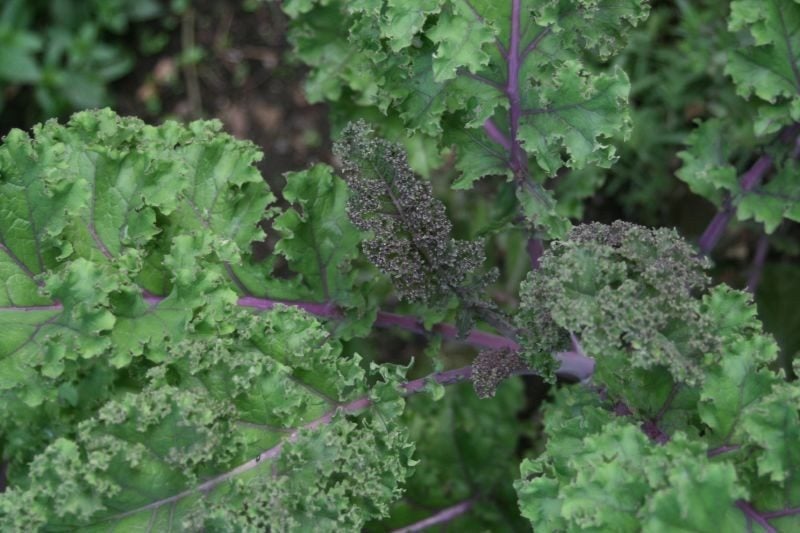Growing Kale: Information On How To Grow Kale
Kale plants are extremely robust and hardy. Adaptable to different growing conditions, kale plants can often thrive through the winter.

If you have a vegetable garden, consider planting kale. Kale is very rich in iron and other nutrients, like Vitamins A and C. When it comes to healthy eating, kale should definitely be included in your diet. Kale plants are extremely robust, adaptable to many different situations, and will grow in winter. Growing kale can be done in all types of soil, although they prefer sunny, well-drained areas.
How to Grow Kale
Although kale is quite versatile, there is a proper way for planting kale in the garden in order to attain the healthiest growth. Kale prefers well-drained soil in sunny locations but will tolerate shade too.
This means you should choose your garden area wisely, as kale grows best when planted after the soil reaches temperatures of 60 to 65 F. (16-18 C.). However, hot weather can turn kale quite bitter, so you may want to mulch the ground to protect it from too much heat and to keep down weeds. Likewise, you can opt for a somewhat shadier location in regions where extreme heat may be an issue, or even where sun just isn't that plentiful.
When planting kale, start the plants indoors to get a jump early in the season. Growing kale isn't too demanding. Simply cover the kale seeds with 1/2 inch (1 cm.) of soil and keep moist to germinate. After all chance of frost has passed, transplant the seedlings into the ground.
In late summer or early fall, you can also direct seed kale plants outdoors. Cover the seeds with 1/2 inch (1 cm.) of soil. Don't cultivate around the seed area until the seedlings appear, then do so only when necessary, as you don't want to disturb the roots.
Caring for Kale Plants
Keep the ground well watered and, as your kale grows, hoe the soil shallowly around the plants, removing any weeds starting to grow.
Growing kale is pretty simple, and plants take only about two months to mature. Since they take so little time, you can start a couple of batches early, a couple more later in the summer, and a couple in the fall. This succession planting provides you with fresh kale plants to pick from for about six months or so.
Sign up for the Gardening Know How newsletter today and receive a free copy of our e-book "How to Grow Delicious Tomatoes".
When it comes to picking kale, simply harvest the young leaves from the bottom of the plant up. Being able to pick kale all season long is definitely a plus to growing this hardy vegetable.